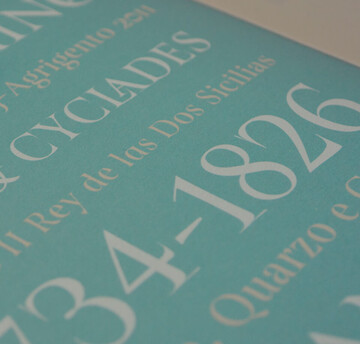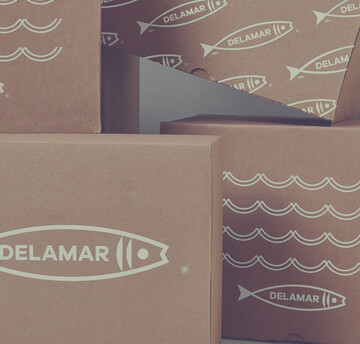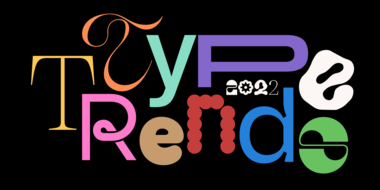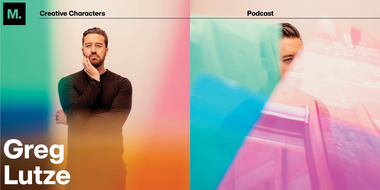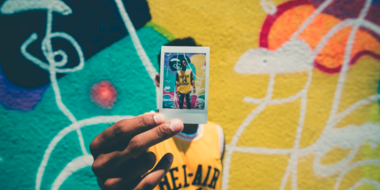What are NFTs and how will they impact the type industry?
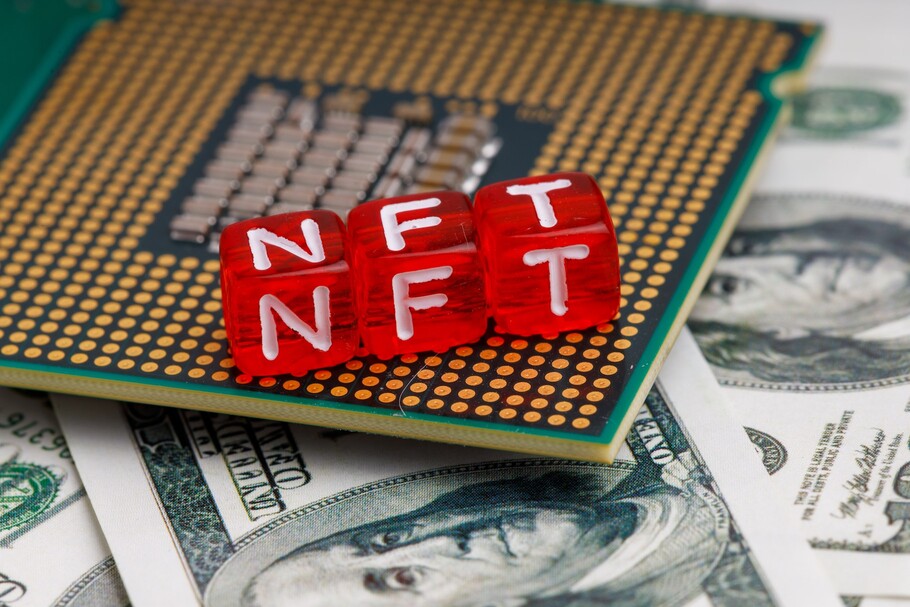
The concept of nonfungible tokens, or NFTs, entered the mainstream in February 2021 and the buzz hasn’t stopped building since. Early adopters see NFTs as a revolutionary way to attribute ownership of digital assets, a turning point in how we understand and use the Internet, and an evolution in the meaning and value of digital art. As NFTs become more established, what potential do they hold for typography as both a business and an art form? What should the type community do now to ensure that NFTs are safe and beneficial for this industry in the future? And what even is an NFT, anyway?
Understanding NFTs and blockchain.
Let’s start with the basics. NFTs are “nonfungible,” meaning that each one is unique. You cannot simply exchange two NFTs for each other and end up with completely equal value and substance. Fungible assets, like currency, are just the opposite; if you exchanged two $100 bills for each other, you would end up with the same value regardless of which bill went into your wallet. The “token” in NFT simply refers to a transferable, digital asset recorded in a blockchain. And a blockchain is a type of shared, decentralized database that securely stores and verifies all information contained within it. At their most basic, NFTs are unique digital records that tell the world what the bearer is entitled to. Those entitlements range from rights to digital or physical objects (like images, sound clips, software, or sneakers) to the right to enter a specific building or partake in an event. Most people are aware of NFTs in the context of image ownership, but there is huge potential beyond images or even digital assets.
The exploration of NFTs’ potential in the typography industry has already begun. A collective for conceptual digital art called NFTXYZ has tokenized the artistic aspects of type design by selling NFTs of individual glyphs. Others, like Font.Community, are exploring the use of NFTs as a font distribution system and relying on NFTs’ core tenets of decentralization and democratization to bring font creators, users, buyers, and speculators together in a single font marketplace.
NFTXYZ’s Numbers project.
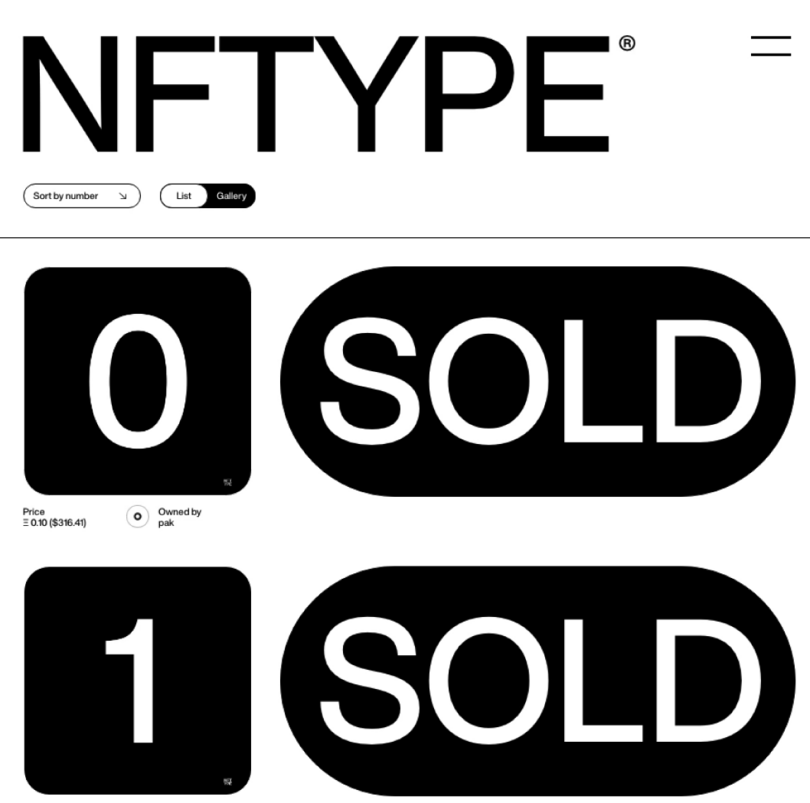
These first forays into type-related NFTs are just a taste of what’s possible for the larger community. NFTXYZ’s Numbers project is a simple and straightforward example of the kind of artistic content that type designers and enthusiasts enjoy. Digital type posters, abstract artwork incorporating type, behind-the-scenes drawings, early access to gallery shows or typeface downloads – all these ancillary promotional materials and artwork could be shared and recorded with fans via NFTs.
NFTs and licensing.
Perhaps the greatest future potential for NFTs lies not in their use as entitlements to artwork, but in their role within business processes. Since NFTs are an authentication tool, they could be used as a key, certifying both the authenticity of the respective font software and the NFT bearer as a licensed user. In the future, type designers who license their fonts through an NFT process would easily be able to identify violations of their intellectual property rights.
There are substantial considerations and potential impediments to widespread adoption of NFTs and the underlying distributed ledger technology. One issue that has been getting a lot of attention recently is the environmental impact of blockchain tech. An enormous amount of computer processing power (and thus, electricity) is required to maintain blockchains’ security, contributing to a large carbon footprint and high transaction fees. Newer distributed ledger technology providers are considering novel approaches that balance the need for security against a more sustainable environmental impact. We’ll explore some of these considerations, including “gas” fees, consensus mechanisms, smart contracts, and environmentally-friendly cryptocurrencies in an upcoming article on this topic.
Something fun is coming.
Monotype recently attended NFT LA and Miami NFT Week, where we learned from investors, designers, artists, and blockchain builders. We’re excited to share that we’re collaborating with KnownUnknown on an NFT initiative centered around the world’s most famous typeface, Helvetica. Sign up below to stay in the loop.







